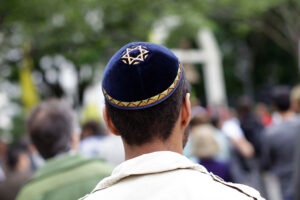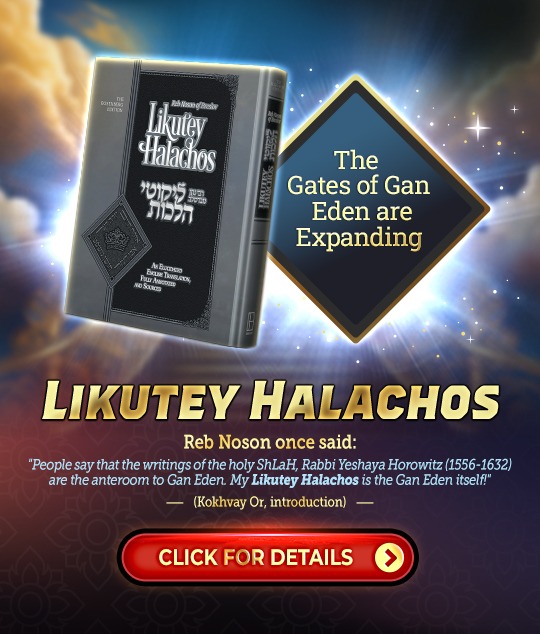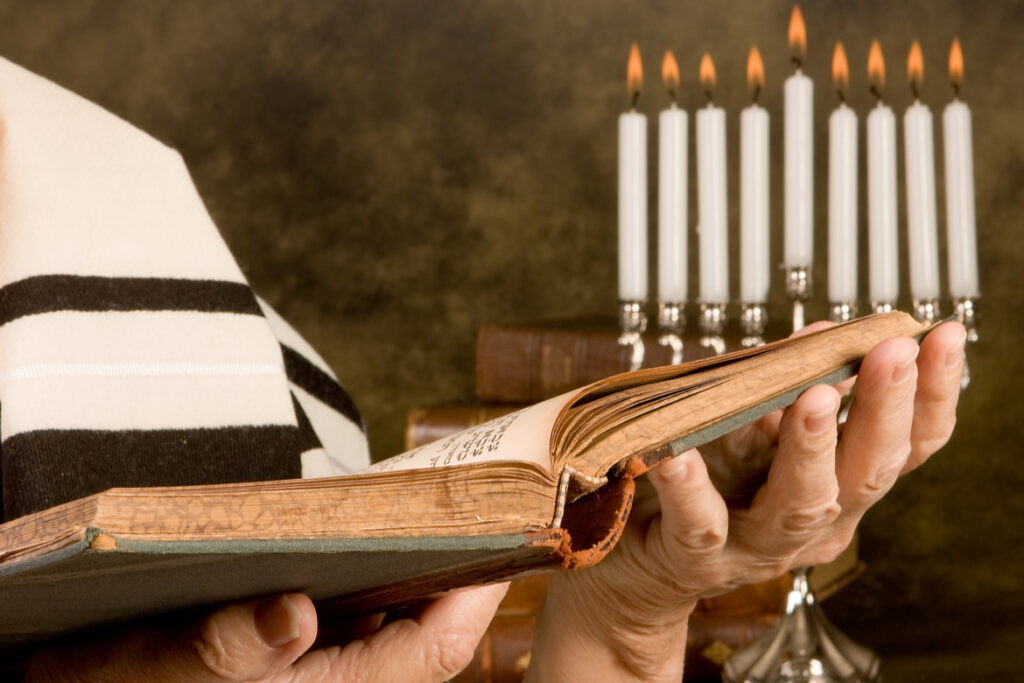Hitkashrut/Hiskashrus: Connecting to the Tzaddik
Reb S’ learns in the Mir Yeshiva (Jerusalem). He recently became interested in Breslov. He e-mailed me asking, “What does it mean to be mitkasher (miskasher) to a tzaddik?” A lot of people ask, because they really want to know. Here’s a mildly edited version of our e-mail exchange.
OB:
Tell me what you think it means
Reb S’:
“To make the connection.”
OB:
But what does that mean: “to make the connection”?– it’s only a translation of mitkasher.
Reb S’:
OK. A good point. What does it mean???
OB:
First, note that hitkashrut is NOT the same as d’veikut (d’veikus, literally, clinging, cleaving), even though there is a concept of d’veikus rucha b’rucha to be had with tzaddikim.
So I’ll translate it a few different ways. Each English word touches, I think, on a different facet of connection and/or a different level of connection, but not every word works in every use of mitkasher.
Thus we have:
I hereby:
associate, affiliate, align with, bind, attach and identify with
the genuine tzaddik(im).
BUT! There is a non-translative meaning, which I heard from one of my teachers, Reb Tzvi Cheshin. It is: I submit myself to the genuine tzaddik(im).
That is, I submit my thinking, speaking and behavior to the teachings of the tzaddik(im), i.e., to the standards the tzaddik(im) have set. For example, anybody who lives by, i.e., submits himself to, Shulchan Arukh is m’kushar to Reb Yosef Karo. This I heard a few times from Reb Chaim Kramer.
There’s another degree (perhaps type) of hitkashrut. Rebbe Nachman zal once said that he had three types of chassidim. The first came to his tish (table, i.e., Shabbat meals) to eat kolitch (aka shirayim, leftovers). The second type came to hear Torah. There are two girsaos (versions) concerning the third type: Girsa One: They have me (Rebbe Nachman) arein g’bakt in hartz (baked into their hearts). Girsa Two: They are arein g’bakt in hartz (baked into the Rebbe’s heart).
I think this story-hitkashrut goes all the way back to Avraham Avinu, whose talmidim (students, disciples) all had his name (Bereishis Rabbah 43:2 on the episode of Avraham Avinu pursuing the Four Kings with the 318 men.) It certainly goes back to Yehoshua bin Nun. Elisha HaNavi (the Prophet) also left everything to go with Eliyahu HaNavi.
The “translative” type, mentioned earlier, is, I think, the contemporary version of being born into a sheivet (tribe). Do we choose a chassidus (i.e., a derekh) or does a chassidus choose us? 🙂
- 2 comments






















2 Responses
What about the Torah “eretz ocheles yoshveha” in which Rebbe Nachman explains that a person can reach such a level of hiskashrus that he litteraly “becomes” the Tzaddik. He loses his own identity and takes on the identity of the Tzaddik. I think this is ultimately what being bitul to the Tzaddik is all about, as Rebbe Nachman says, “Kamony Mamash” “I want to make you all literally like me” Mamash is Mamash there is no other was to translate it.
Shalom YDB!
Thank you for your comment. I looked at LM I, #129 to which you refer. There the Rebbe z”l says NOT that one “becomes” the tzaddik, but has his essence transformed into the essence of the tzaddik. They are of the same kind, but not the same.
Even when the Rebbe zal says, “I can make you tzaddikim, k’moni mamash” he does not mean that we would his level of avodah or of daat, but that we would be as perfect as we could possibly be — a far cry from Rabbeinu zal’s level.
Please compare Lesson #129 (mentioned above) to Lesson #123. In #123 Rabbeinu zal talks about HITKARVUT, not HITKASHRUT. In Lesson #129 he deals with HITKASHRUT, not HITKARVUT. They are not the same.
kol tuv.
OB